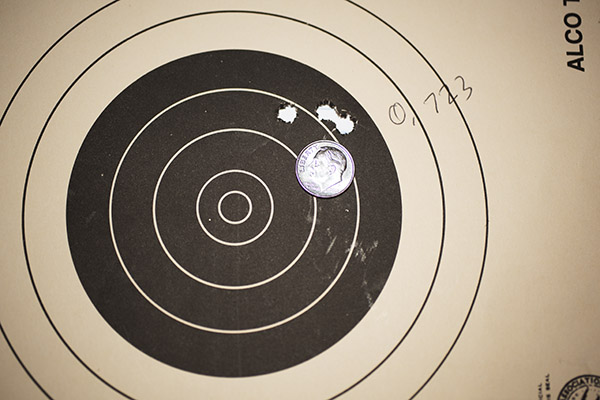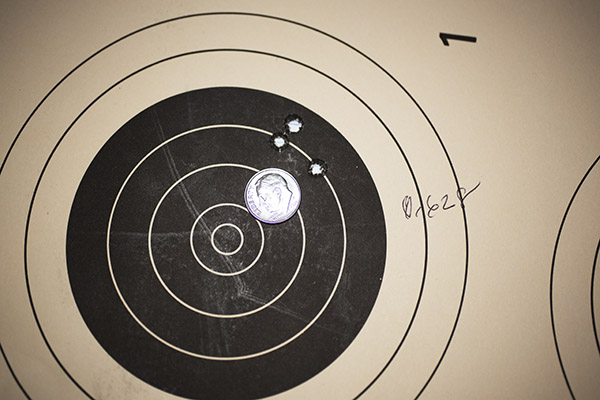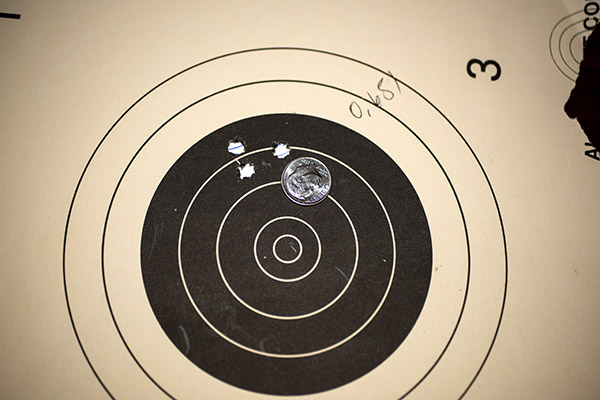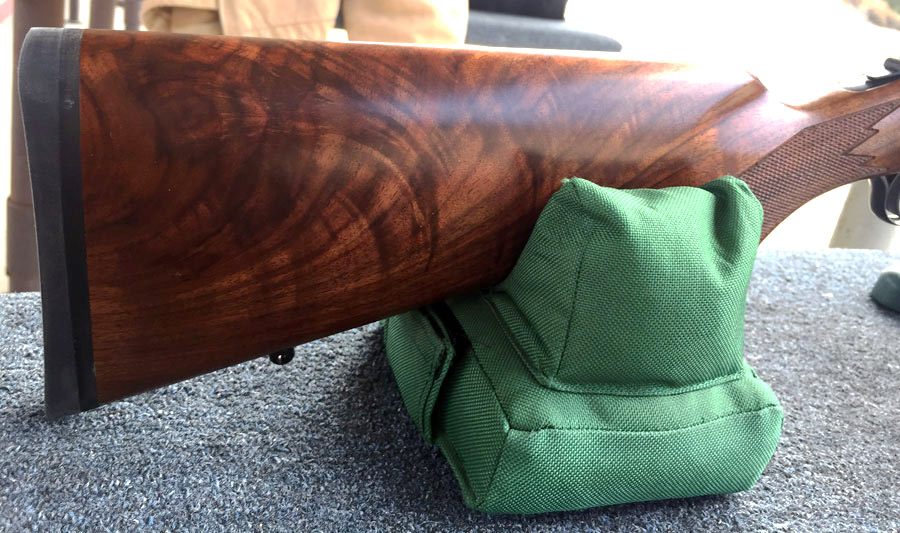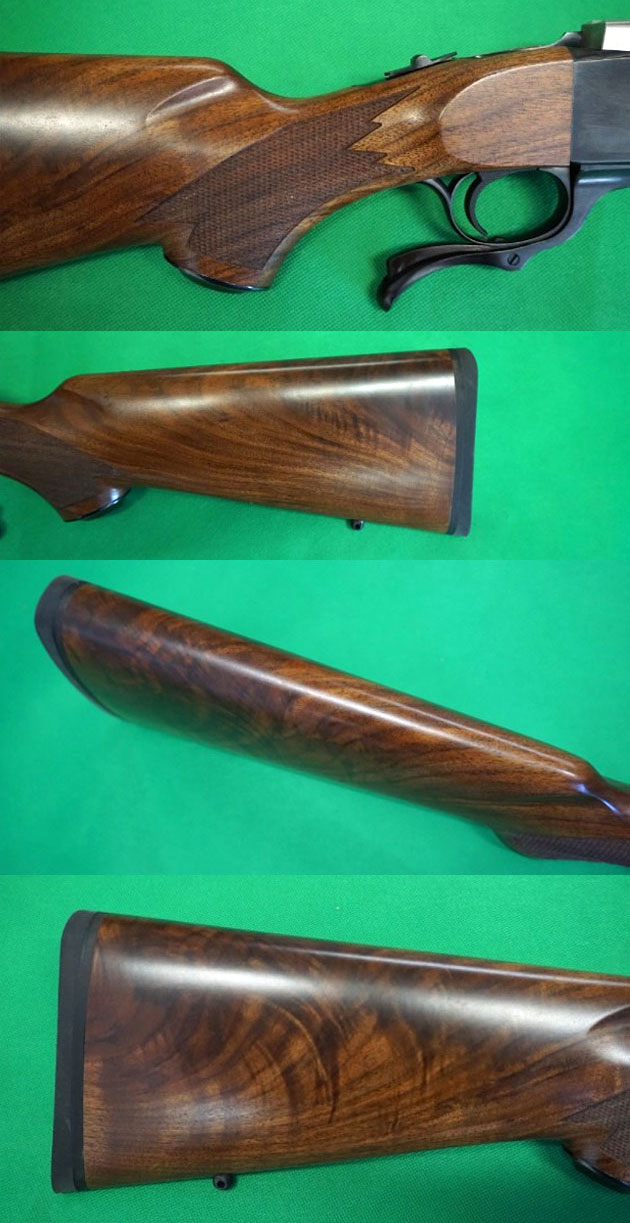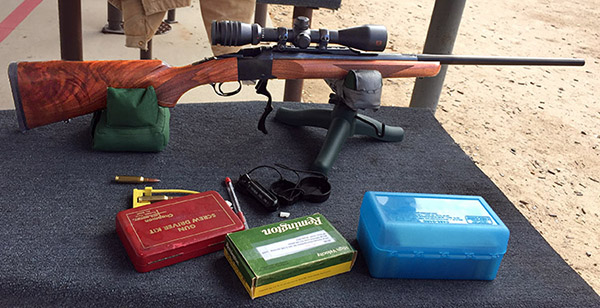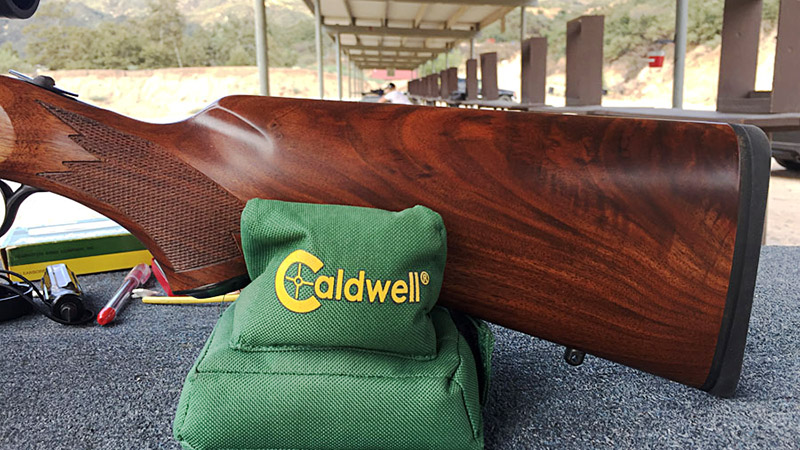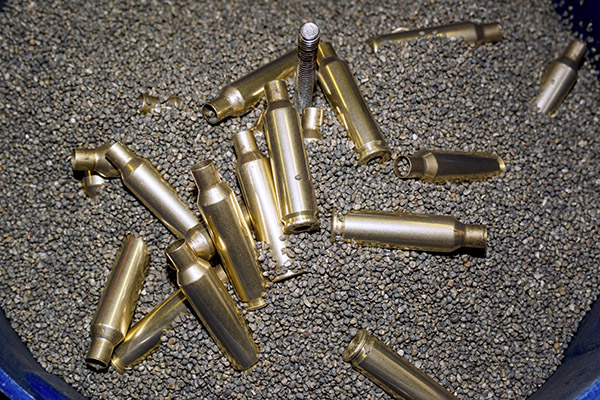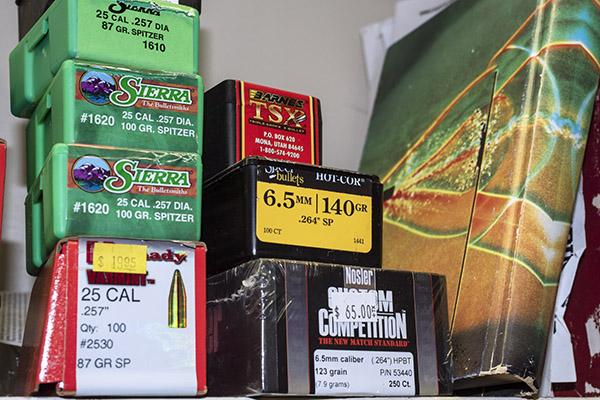By Joe Berk
The creek is dry and getting to the West End Gun Club is a lot easier these days, so I reloaded some 6.5 Creedmoor ammo in the brass good buddy Johnnie G sent to me. I wanted to try a couple of new loads in my maple-stocked X-Bolt.

I bought the X-bolt when I saw the wood, and it had a cross-country ride and a half to get to me. I saw it in a shop in Lamar, Colorado, and I knew I had to own the Browning as soon as I saw it. You don’t see many rifles with wood of this caliber.
There was a problem, though. The Colorado shop owner wouldn’t ship it to California. There’s an extra hoop or two a dealer has to jump through to ship a gun to California and I guess folks in Colorado aren’t basketball players. Here’s where capitalism came to the rescue. There’s a guy in Virginia who makes a living off of these kinds of situations, so I had the Colorado dealer ship it to the Virginia dealer, who then shipped it to my dealer in California. None of these dealers did so for free (going to Colorado-to-Virginia-to-California route wrapped the Browning in another $100 bill, and you can guess who had to pay up). But that’s okay. I wanted the rifle and now I have it. It really is an exquisite firearm. And it is exquisitely accurate. I’ll get to that in a minute.
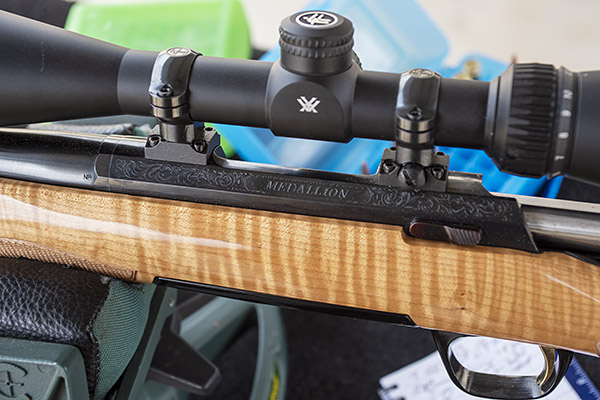
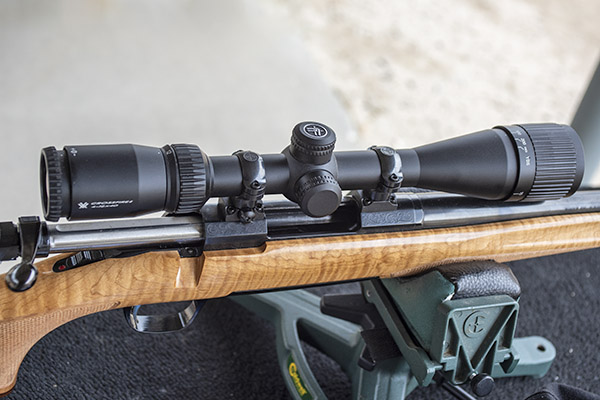
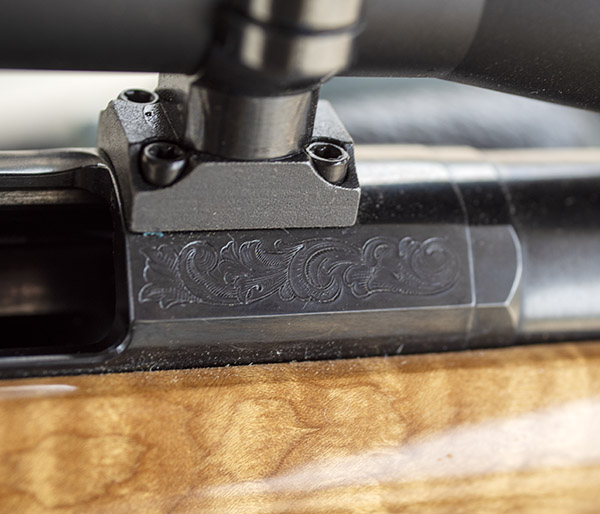

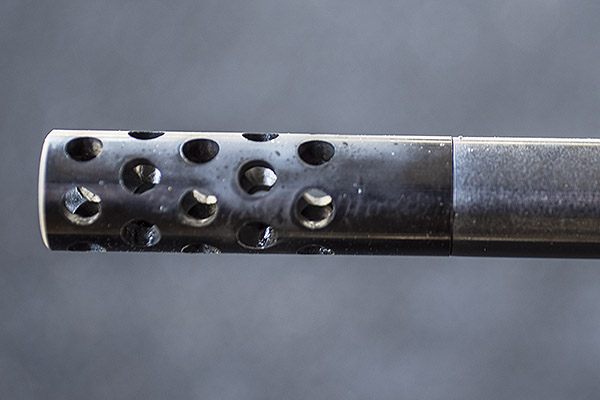
I used the Hornady 140-grain full metal jacket boat tail bullet for two loads I wanted to test; one with IMR 4350 propellant and the other with XBR 8208 propellant.
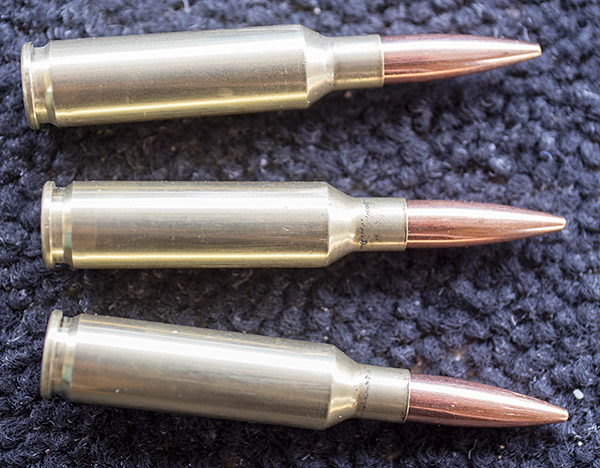
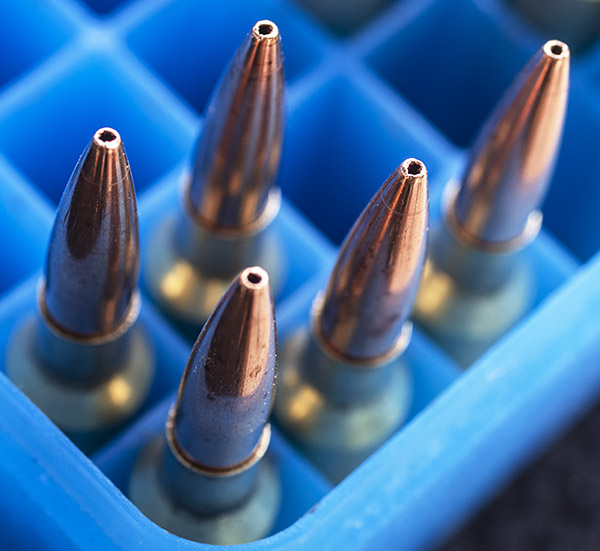
The loads showed no signs of excess pressure after firing. The bolt opened easily and the primers were not flattened.
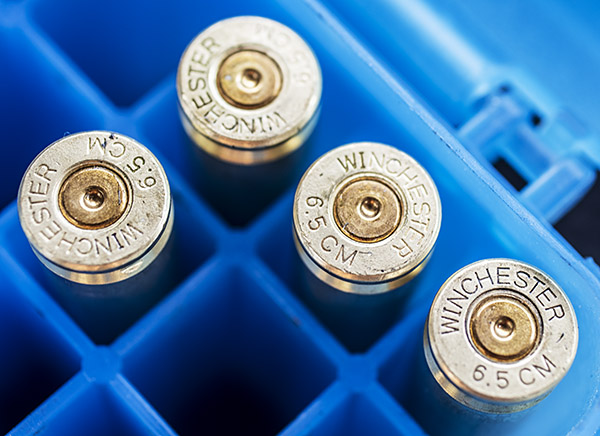
I full length resized the 6.5 Creedmoor brass because I have two rifles chambered in 6.5 Creedmoor (see our earlier story, A Tale of Two Creedmoors). The alternative approach is to neck size the brass only (which can theoretically offer improved accuracy), but when you neck size the brass the reloaded ammo will only fit into the rifle in which the brass was previously fired. I didn’t want to try to keep my ammo segregated by rifle, and as it turns out, I don’t need to. The full length resized 6.5 Creedmoor brass provided great 100-yard results in the Browning X-Bolt rifle with both the XBR 8208 and IMR 4350 loads.
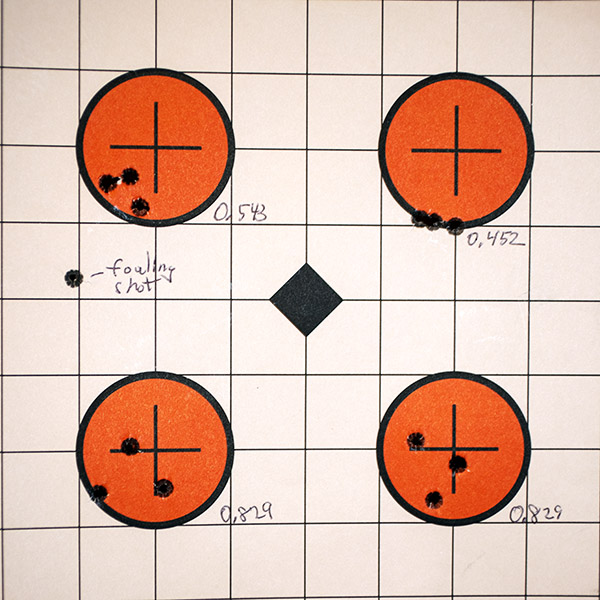
The first shot of the day at the upper left target was low and to the left, which is a common occurrence when shooting from a clean and lightly oiled barrel. The next three grouped tightly into the orange target (I could see the bullet holes with the rifle’s 12X scope). I let the barrel cool for a few minutes, and then I fired another three rounds at the upper right target. I was pleased; the load returned an even tighter three shot group in about the same spot as the first group. Both groups, when measured later, were a satisfyingly tight half minute of angle.
I let the barrel cool again, and then I moved on to the IMR 4350 loads. Wow, talk about consistent. Both shot to the same part of the target, and both were exactly the same group size: 0.829 inches.
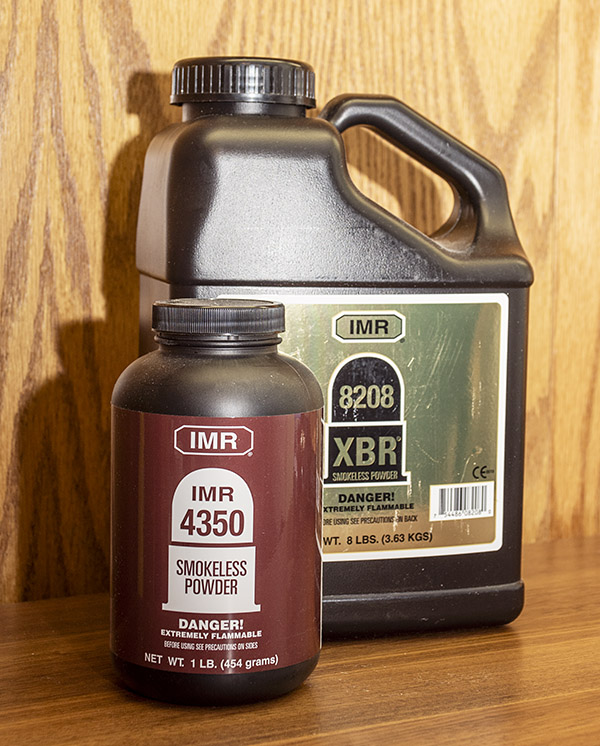
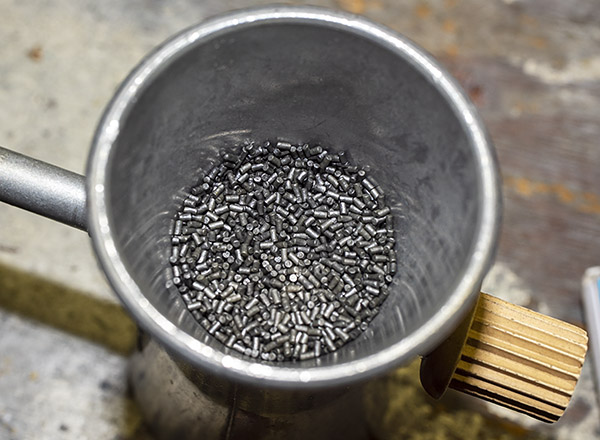
I had read that IMR 4350 was a “go to” powder for 6.5 Creedmoor accuracy, and my results confirmed that. I had not found much information about XBR 8208 accuracy in this chambering, but it sure seemed to get the job done for me. As the above target shows, the XBR 8208 performed even better than the IMR 4350 loads. Here’s a bit more on info on these two loads:
-
- Both had the Hornady 140-grain bullets seated to an overall cartridge length of 2.800 inches.
- I did not crimp the bullets in place.
- I did not trim the brass for either load.
- The powder charges for both loads were weighed for every cartridge. I used my powder dispenser to drop a little bit lower charge, and then trickled in the last few grains.
- I used 31.5 grains of XBR 8208.
- I used 39.0 grains of IMR 4350.
- I used Winchester brass with Winchester large rifle primers.
So there you have it: Two great 6.5 Creedmoor loads for the Browning maple Medallion.
Never miss an ExNotes blog:

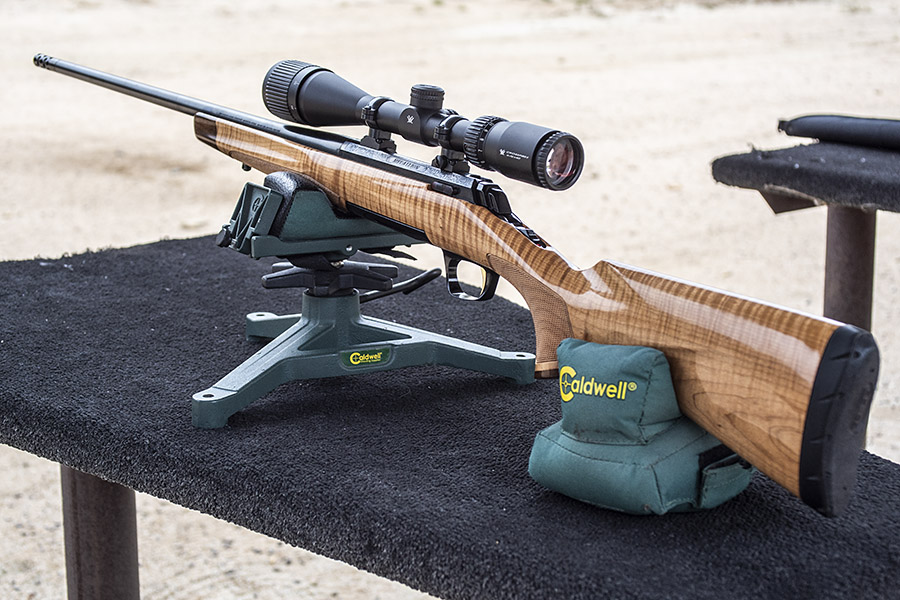


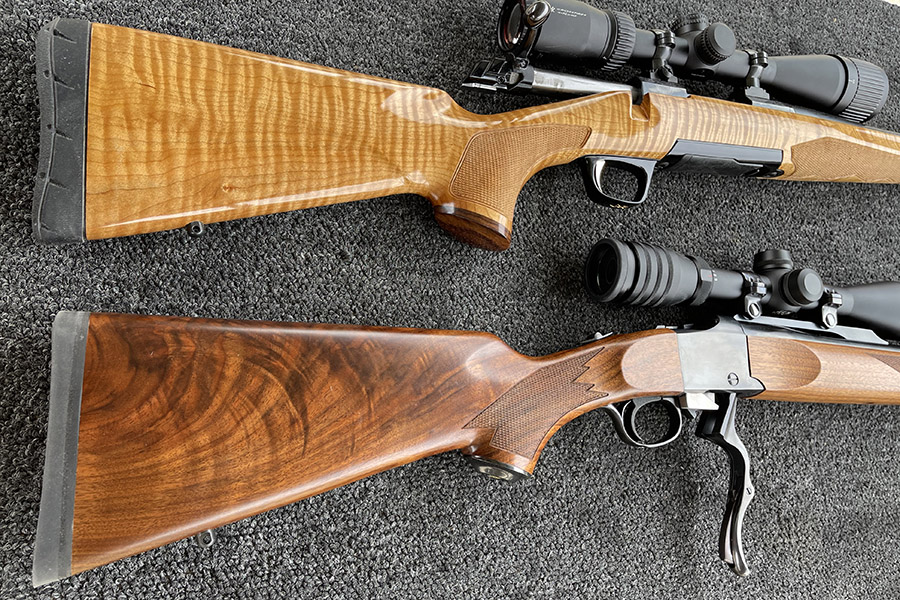
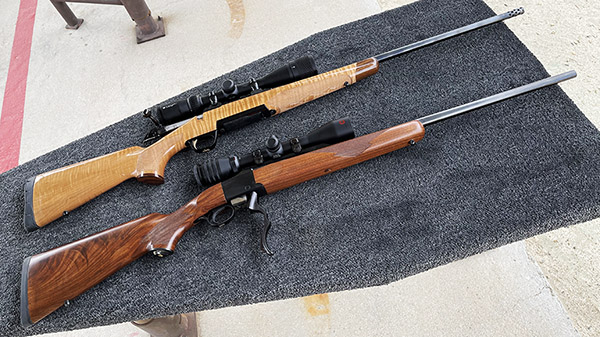

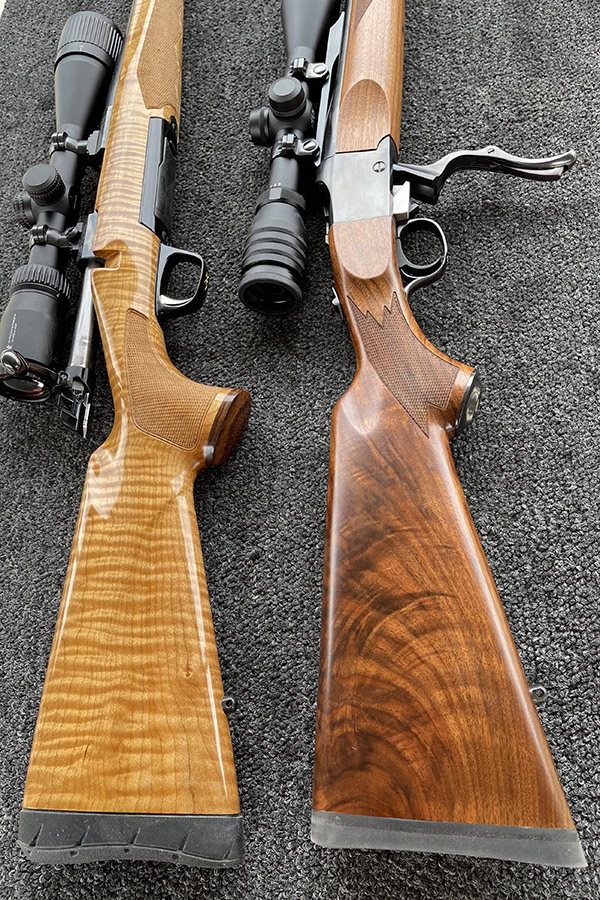



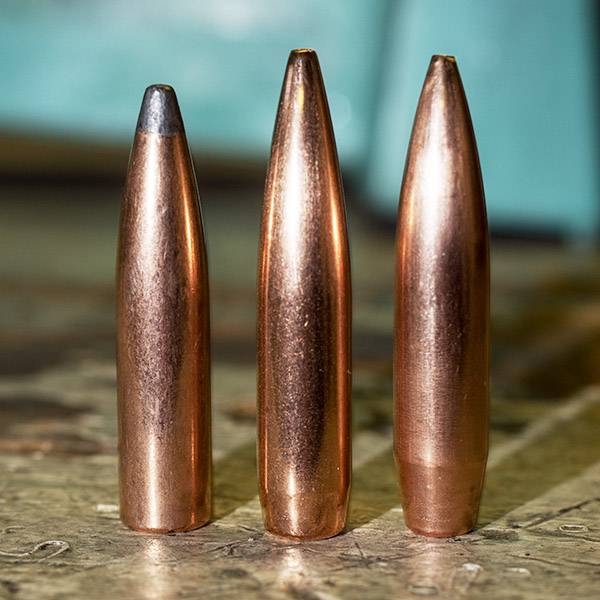
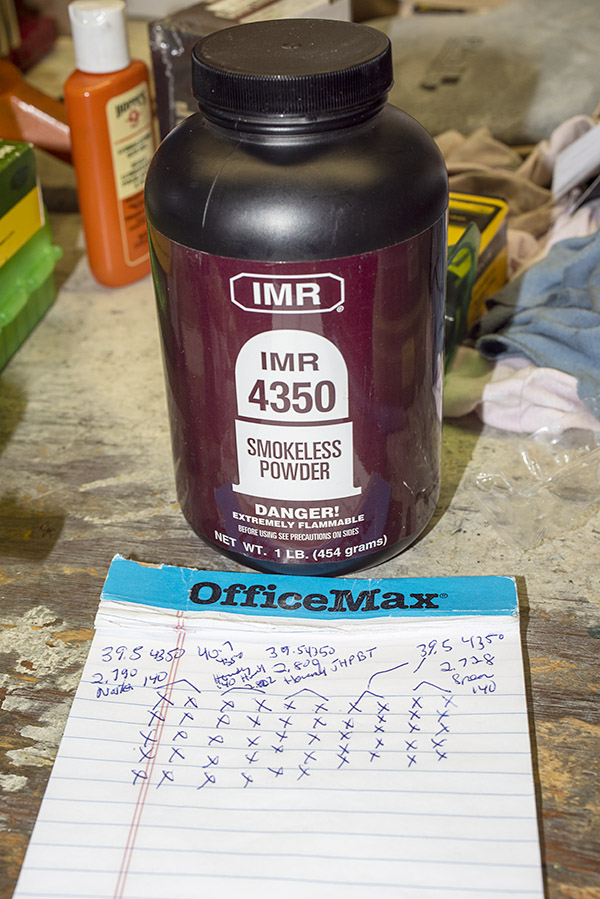
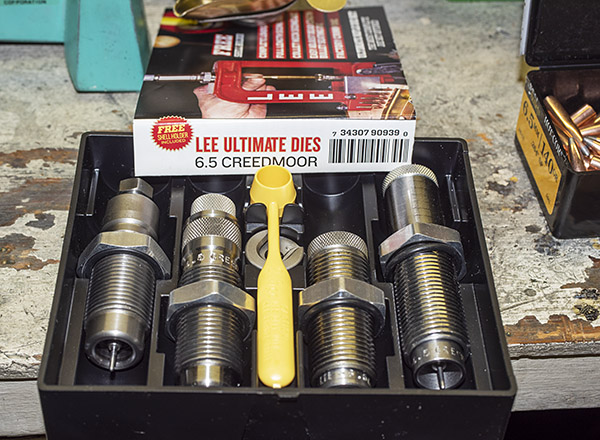
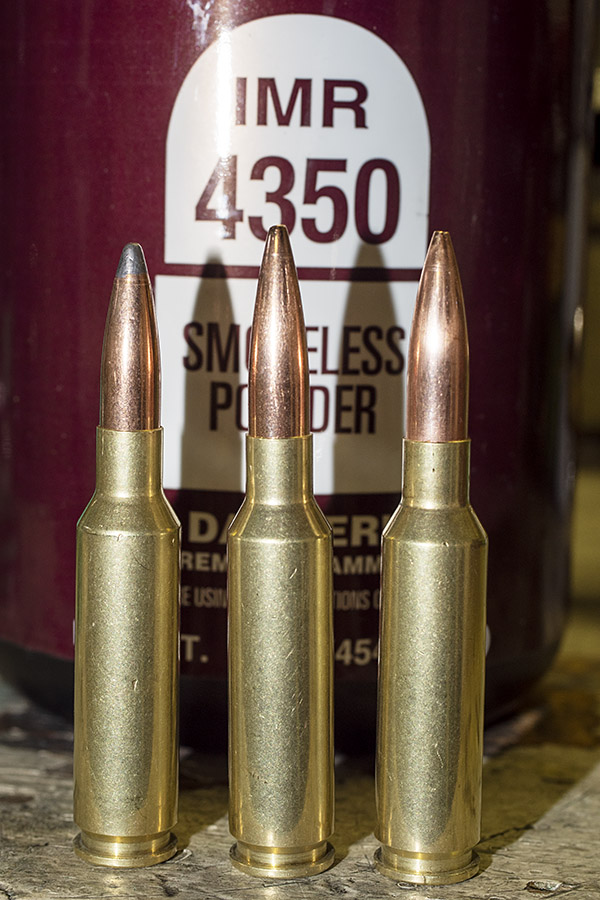
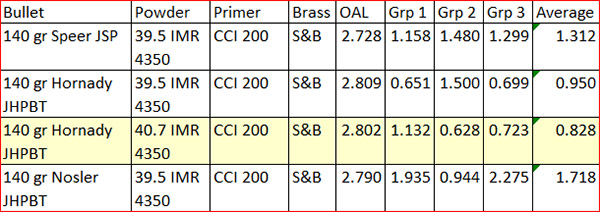 Here’s what the best groups looked like:
Here’s what the best groups looked like: